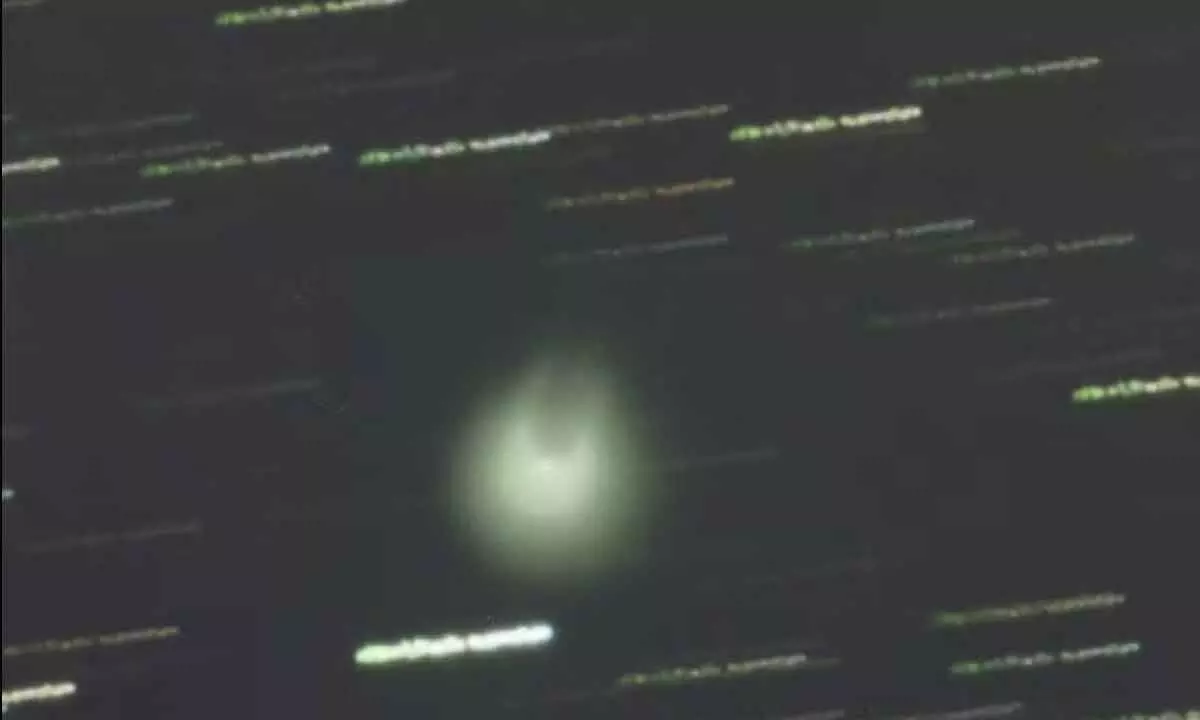Devil comet 12P/Pons-Brooks arrives closest to Earth
It dashes towards the sun on its return journey after 71 years, thrilling the Indian and global scientific community
image for illustrative purpose

Mumbai: The periodical comet, named '12P/Pons-Brooks' will finally reach closest to greet Earth on Sunday, as it hurtles towards the sun on its return journey after 71 years, thrilling the Indian and global scientific community.
The celestial visitor, also nicknamed 'Devil Comet' has been affording its glimpses to humanity since early March, appearing as a bright, tiny spot that was captured on cameras by some astronomers from India, said scientist and Founder-Secretary of Amateur Astronomers Association (Mumbai), Bharat Adur.
"From tomorrow, the comet will start its 'perihelion passage', meaning its closest point to the sun when it will shine the brightest. Then it will approach Earth till about 232 million km by June, when it will be visible from many parts of the world, but would appear fainter," said Adur to IANS. He shared an exclusive photo by Ashish Sinojia, an amateur astronomer, who trudged out to the stark barren land of the Kachchh district of Gujarat this week, to capture the sky visitor in its full glory.
The 12P/Pons-Brooks comet is estimated to be bigger than Mt. Everest (8.84 km tall), and as per scientific experts' calculations in a 2020 research paper, the chunks of ice and rocks were nearly 17 km across, or more than double the world's tallest mountain.
It has a nucleus estimated to be around 30 km in diameter and everything zooms in space at mind-boggling speeds of 26,000 km/hour, with the streak increasing as it approaches the sun.
The inter-galactic visitor is actually a cold, active cryovolcanic comet, zipping through the skies and has earned a wicked nickname -- the 'Devil Comet' -- since it periodically explodes violently, releases 'cryo-magma' comprising billions of kg of ice, water, and gases (meteoric shower) that give it an irregular shape resembling a Devil's horns.


